Do you find it difficult to replace the battery of the smoke detector when it starts beeping frequently, or is it unable to detect the smoke?
Do you need some simple steps to make your life easier? Then here we have a complete guide that could help you to replace a battery in X Sense smoke or CO alarms.
Steps To Replace A Battery
Quick Navigation
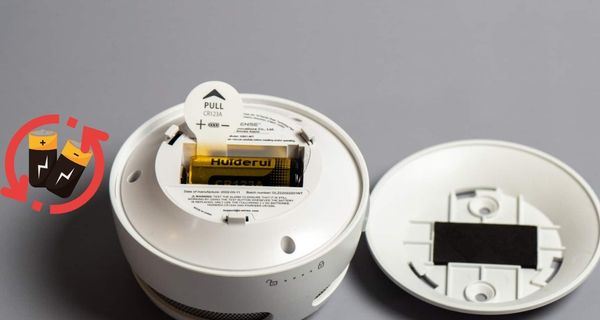
Smoke and CO alarms are essential devices in any home. Unfortunately, after a certain number of years, the sensors on these detectors can become less sensitive as they age, and over time the batteries powering them will lose their charge.
Tools:
- CO alarms.
- Fire Sensors that sense the fire.
- The alarm.
- Needle-nose pliers.
Time:
One might assume if a smoke alarm goes off, it is because fire is burning nearby. In other words, one might think that a smoke alarm is similar to the car alarm on your driveway.
It simply vibrates in response to the presence of heat and sound to warn you that a fire is in the area. It could take a maximum of 5 minutes if you follow the instructions.
Here are our step-by-step instructions for instructors to replace the batteries in your X Sense smoke or CO alarms:
Step 1:
Firstly, check the battery level in your smoke or carbon monoxide alarm. To do this, press the test button located at the back side of the alarm.
Step 2:
Note what color light comes on when you press the test button. For example, if you see a red light is lightening for a sense, put your hand on it so that it doesn’t slide off as you remove the alarm. It will tell you how much juice is left on your alarm’s battery.
Step 3:
- Then, use a pair of needle-nose pliers to pry the cover off carefully. Never use your hands – it’s dangerous! Always use needle-nose pliers to remove covers.
- If the smoke alarm’s internal battery has run down, replace it with a new one provided by the manufacturer.
What Batteries Do Smoke Detectors Use?
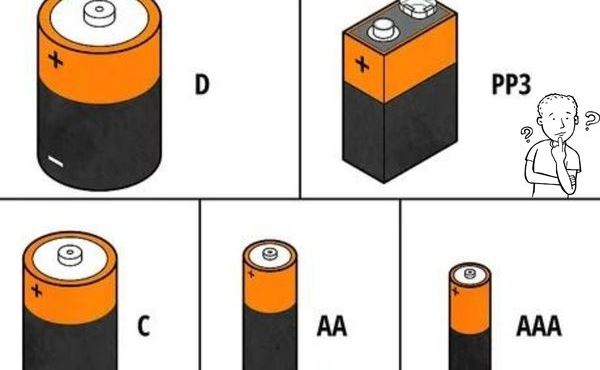
Here is a list of the most common types of batteries for smoke detectors:
1. Lithium Batteries –
Lithium Batteries are utilized in Canada in place of 9V alkaline batteries. These batteries are used in various products, from computers to cameras, flashlights, and smoke detectors.
These are considered more reliable as they will perform better under different temperatures and qualities of power. Many fire protection businesses will also use lithium batteries to detect smoke and fires in their facilities.
2.9V Alkaline Batteries –
These batteries are the most common choice for smoke detectors and can be found in any hardware or household store. They are also used in emergency lighting applications as well.
The 9V battery is the most popular worldwide with smoke detectors, but in the United States, the 9V battery is used in Smoke Detectors that operate on a Monophonic system. To use the 9V battery in a Dual Power Smoke Detector, you must first switch to Dual Power smoke detector system.
3. Dual Power Batteries –
These batteries are also known as Alkaline/Lithium or Double A/9V, depending on where you live. They can be used in single and Dual Power Smoke Detectors when operated on the Dual Power setting.
It is considered as a most popular choice for smoke detectors in the USA, and it is included with new installations.
How Do I Know If My Detector Needs A New Battery?
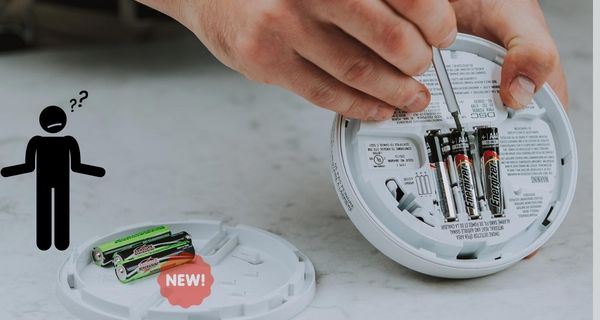
Here are some signs that indicate you should invest in a new one:
- The detector triggers without any smoke, meaning it’s either broken or the battery has died.
- In this situation, you can either set up a system of human monitoring with the alarm company or buy a battery-operated detector so you can check if your batteries are still working.
- The alarm system goes off even in rooms not equipped with smoke detectors.
- There may be two cases to this — either the detector is broken or has an excessive amount of dust and dirt accumulated inside the fire suppression system. In both cases, replace the batteries immediately.
Keep an eye on the warning lights of the smoke detector. They should be blinking every 15-20 seconds, which means you have a low battery. If they do not blink, they may break, or there is no electricity flowing to them.
If you are still unsure, call a professional and let them check the house. It is always less complicated than risking forgetting about the detector and having something serious happen in your home.
How Do I Stop My Hardwired Detector From Beeping?
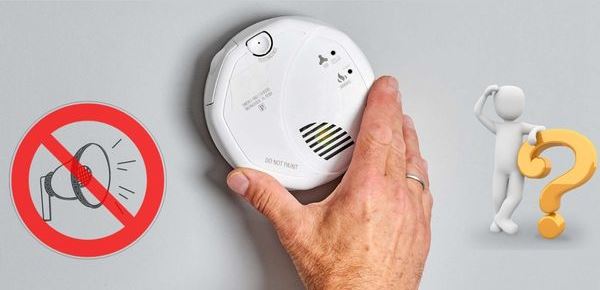
It happens almost every night. You’re asleep, and a smoke detector in the hallway beeps. Even after you’ve gone through the motions of searching for someone who might have started a fire, you fall asleep – only awaken by the same beeping noise again.
A smoke detector’s beeping means that it is sensing a problem. To find the problem and stop the beeping, you’ll need to:
- Check the battery: Replace the battery if required.
- Check for blockages: Remove any dust or debris in front of or near the top of your smoke detector; this could prevent it from sensing smoke.
- Replace your unit entirely: If none of these tips do anything, you might need to invest in a new one.
- If none of these tips solve the issue, call an electrician for help: some problems might be related to wiring.
What Happens When A Detector Battery Dies?
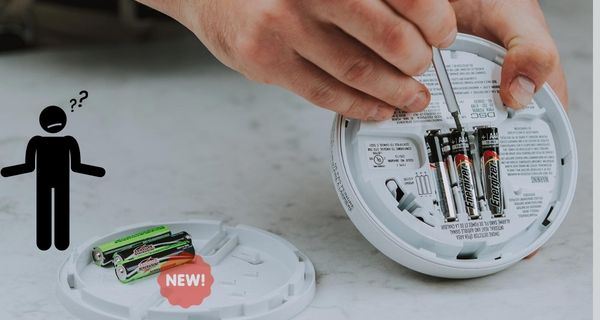
Before the battery dies, most battery-powered smoke detectors will sound for at least 30 days. The battery loses its charge if you hear constant beeping every 30 to 60 seconds.
On the other hand, most smoke detectors are designed in such a way to sound an alarm when their electrical current falls below a certain threshold.
Because smoke in the air reduces the current, and when your battery dies, the current running through your sensor decreases.
As a result, a false positive is possible. When people move into a property, they frequently change the battery and never touch it again.
Should replace the battery in every six months, but most of us fail to do so. When the smoke alarm goes off, you should check it and make sure to replace it.
Having your smoke detector too close to your bathroom is the second most prevalent cause of false positives.
When you take a hot shower, the steam from the shower can generate false positives in some circumstances. Like smoke, moisture from the shower can obstruct the current flow. Anything with a lot of weight in the air can produce this.
Because smoke commonly occurs when you cook, you want the smoke detector to be near the kitchen. So, open the window.
Volatile organic chemicals in paints and other chemicals in the home are another prevalent cause. The substance keeps your paint wet while allowing it to dry on the wall. It depends upon the sensors tuning. Some of them can activate these alerts as well. If you’re looking to buy a new smoke detector, pick the one with the long-lasting battery
FAQ
1. How long should batteries last in a smoke detector?
2. Do you need to change batteries in hardwired smoke detectors?
Neither of these machines has the power to turn off without the battery. Other smoke detectors are hardwired and connected to the drawing power from the electricity in the home or business. Hardwired alarms usually have a battery backup feature in case the power goes out.
3. How does it work?
There is a remote access feature you can turn on when you have a security guard or another qualified person ready to take over your place in an emergency.
Final Talk
For many years, smoke detector alarms were not included as a part of home safety. It was because the fire department would respond to most fires promptly, and if the fire were large enough for the occupants to notice, it would have been visible outside the structure.
But now, with the increasingly congested areas and chances of fire, we need smoke alarms, which can easily detect fire and save our belongings and home without wasting time.
Sometimes the fire assumptions can be incorrect. A small portion of smoke alarms goes off for no apparent reason at all — many times, these incidents are unidentifiable, causing unnecessary fear and confusion for the homeowner. So, it is essential to be aware of the potential dangers to you and your family.

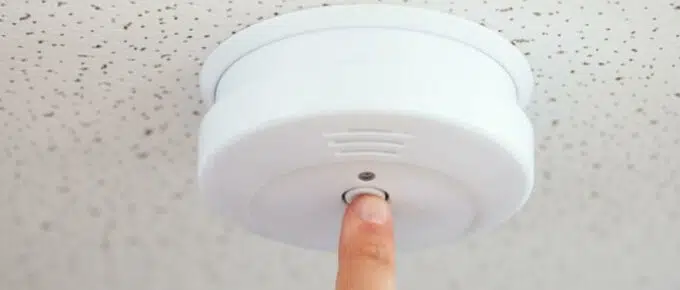



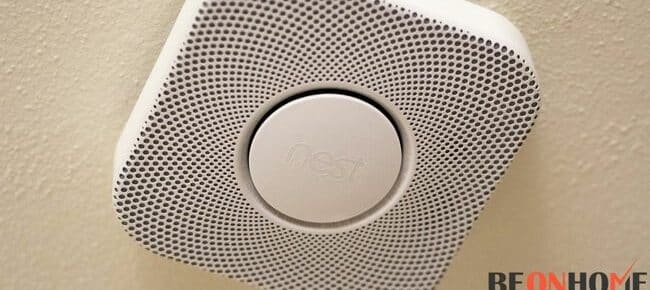
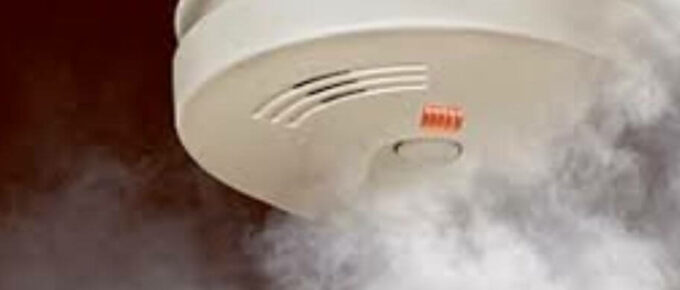
Leave a Reply